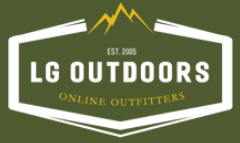Craig Boddington: Submit your Hunting Permit Applications Now!
Tag Time: Not in the Drawings? Now is the Time! (Craig Boddington)
North American hunters enjoy an amazing bounty of both wildlife and opportunity, but things almost didn’t turn out this way. By 1900, most of our large game species were in serious trouble. Protection and management brought them back, some to incredible plenty, such as our 35 million whitetail deer. Along the winding road to recovery, a unique system of wildlife management developed that we call the North American Model.
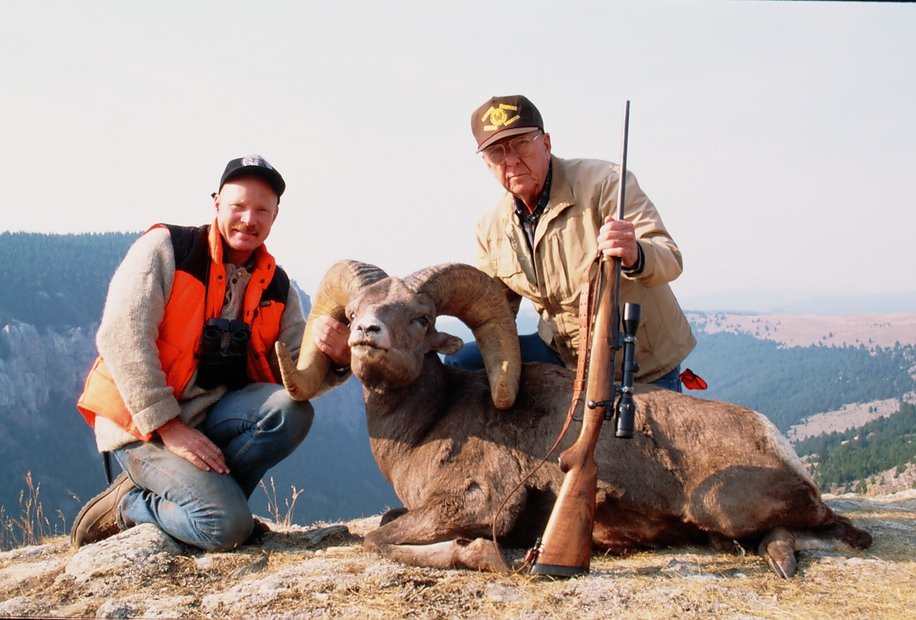
The North American Model is said to have seven tenets:
- Wildlife as a public trust resource
- Elimination of markets for game
- Wildlife allocated by law
- Taking of wildlife only for legitimate purposes
- Wildlife considered an international resource
- Science as the proper tool
- Democracy of hunting
Implicit in the model is the principle is that hunters and anglers provide the primary funding. The first and the last tenants—which hold that we believe wildlife belongs to everyone, not just private landowners or the government—are almost unheard of elsewhere in the world.
The last tenant, democracy of hunting, holds that all citizens in good standing may hunt—subject to seasons and licensing requirements, of course. Due to scarcer resources, both science and law dictate that not everyone can have a license every season. We have a system that allocates permits by a public drawing, a system that serves as one of the very best examples of the democracy of hunting that we enjoy.
Tag Time and Applying for Hunting Permits
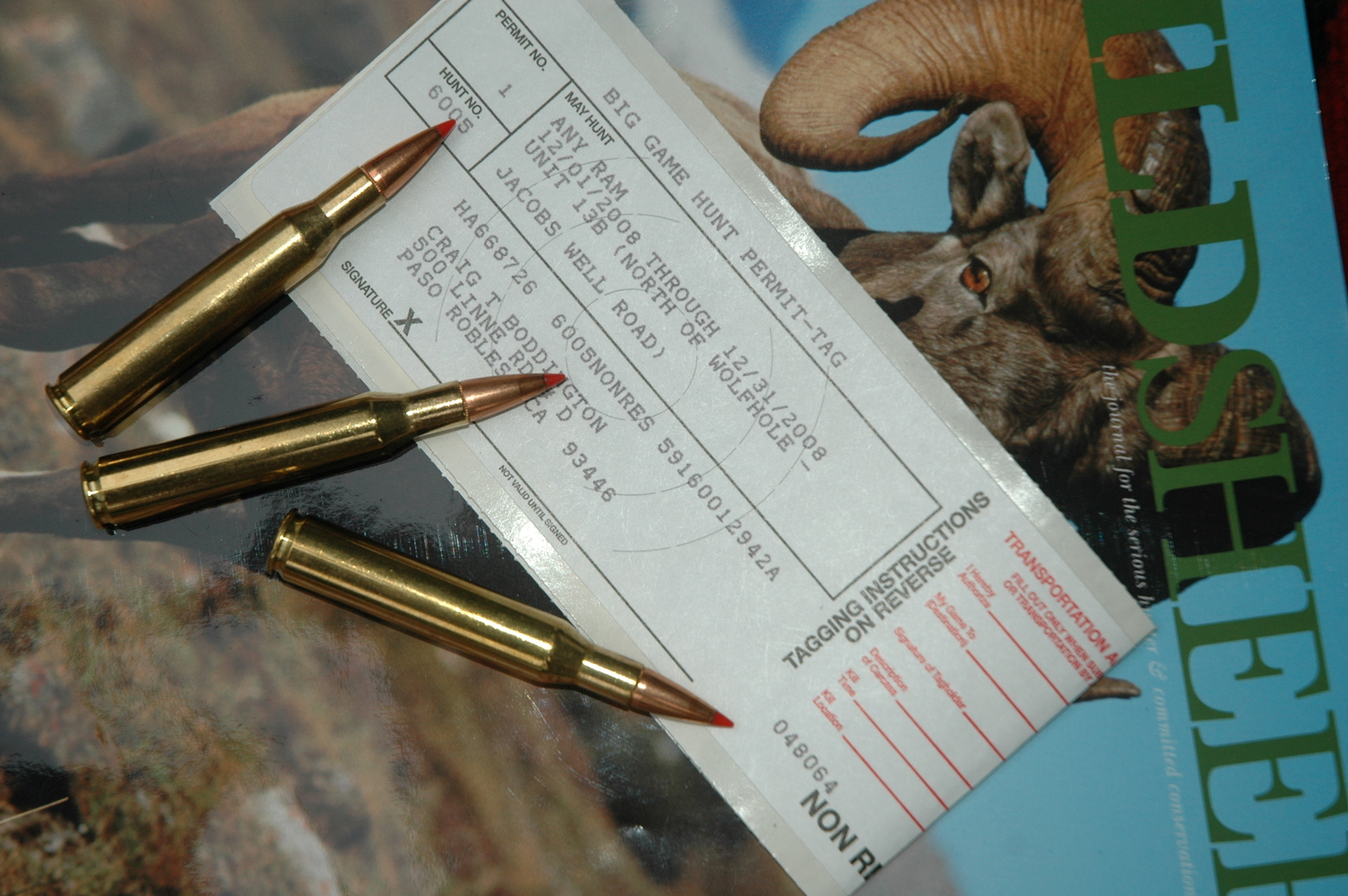
Depending on state and species, these early months of the year are “tag time”—the time to submit our permit applications, wait out the drawings, and hope we’re lucky and able to start planning a hunting trip.
Permit drawings are usually based on demand (hunter interest) exceeding supply (sustainable harvest), but there are exceptions. In the West, some elk and mule deer areas are managed for exceptional quality, so the harvest is conservative and permits are scarce. In Kansas, resident hunters can purchase an over-the-counter statewide whitetail permit, but nonresident hunters must enter a drawing. In the southeast, nearly every hunter will receive a permit in the drawing, but in western Kansas, where deer are fewer and the resource more fragile, there aren’t enough permits to go around.
Typically, permit fees are collected when an application is submitted and refunded if unsuccessful. With sought-after permits such as bighorn sheep, there may be hundreds of applicants for every tag. (You can bet the state wildlife agencies make good short-term interest from application fees!) In order to maintain hunter interest, most states now have some form of “preference point” or “bonus point.” These programs vary considerably but the effect is the same: If you continue applying each year, your odds of receiving a permit improve.

I believe in the permit draws, and I believe in the preference point systems. Applying in multiple states for several species permits each spring can be costly, and hunters have different strategies based on their interests. I have friends, for example, who blanket the country with permit applications, but my interests are more focused. Occasionally I’ll apply for elk, mule deer, and pronghorn, but I started applying for sheep, goat, and Shiras moose permits when I was young, and over time, this has paid off. I drew a Montana bighorn permit in 1994 and a Wyoming sheep permit in 1998. I’ve drawn two Shiras moose tags, Wyoming in ’99 and Colorado a decade later.
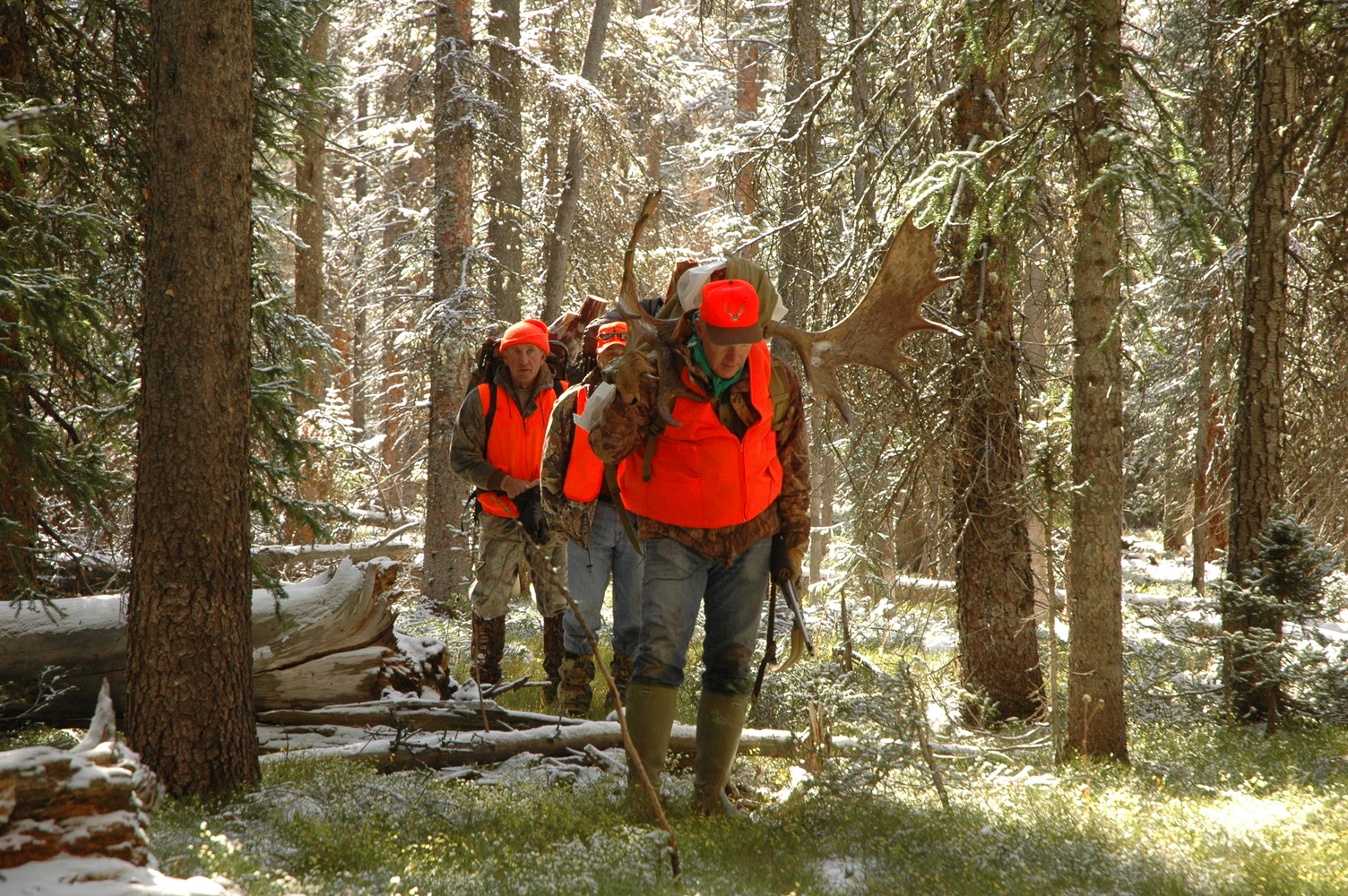
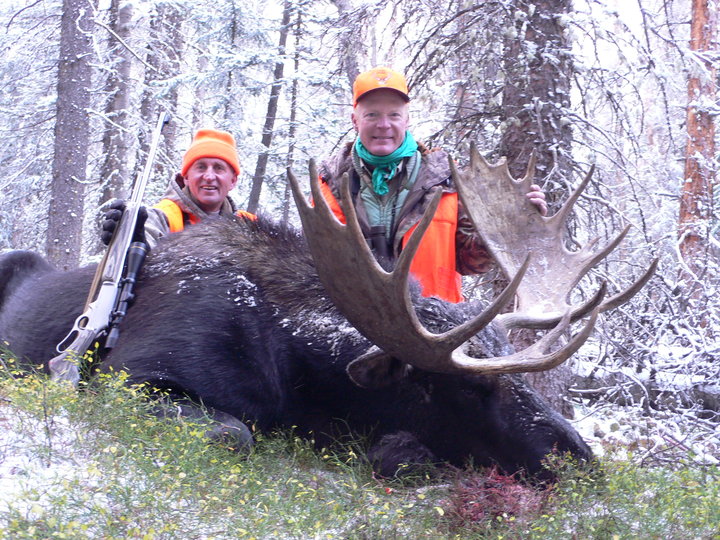
In the summer of 2008, I was in Africa and talking to my wife, Donna, on a satellite phone. As we were about to break the connection she said, “Hey, you got something from the Arizona game department… it looks like a desert sheep permit. That’s good, isn’t it?” Oh yes, very good! When a permit like that comes along I can take the ribbing that goes with it, but it does bother me a bit when jealous folks tell me how “lucky” I am. It takes luck, but persistence counts. 2008 was the 30th year I’d applied. I never expected to draw, but I kept applying. But this much is certain: If you don’t apply you will not draw!
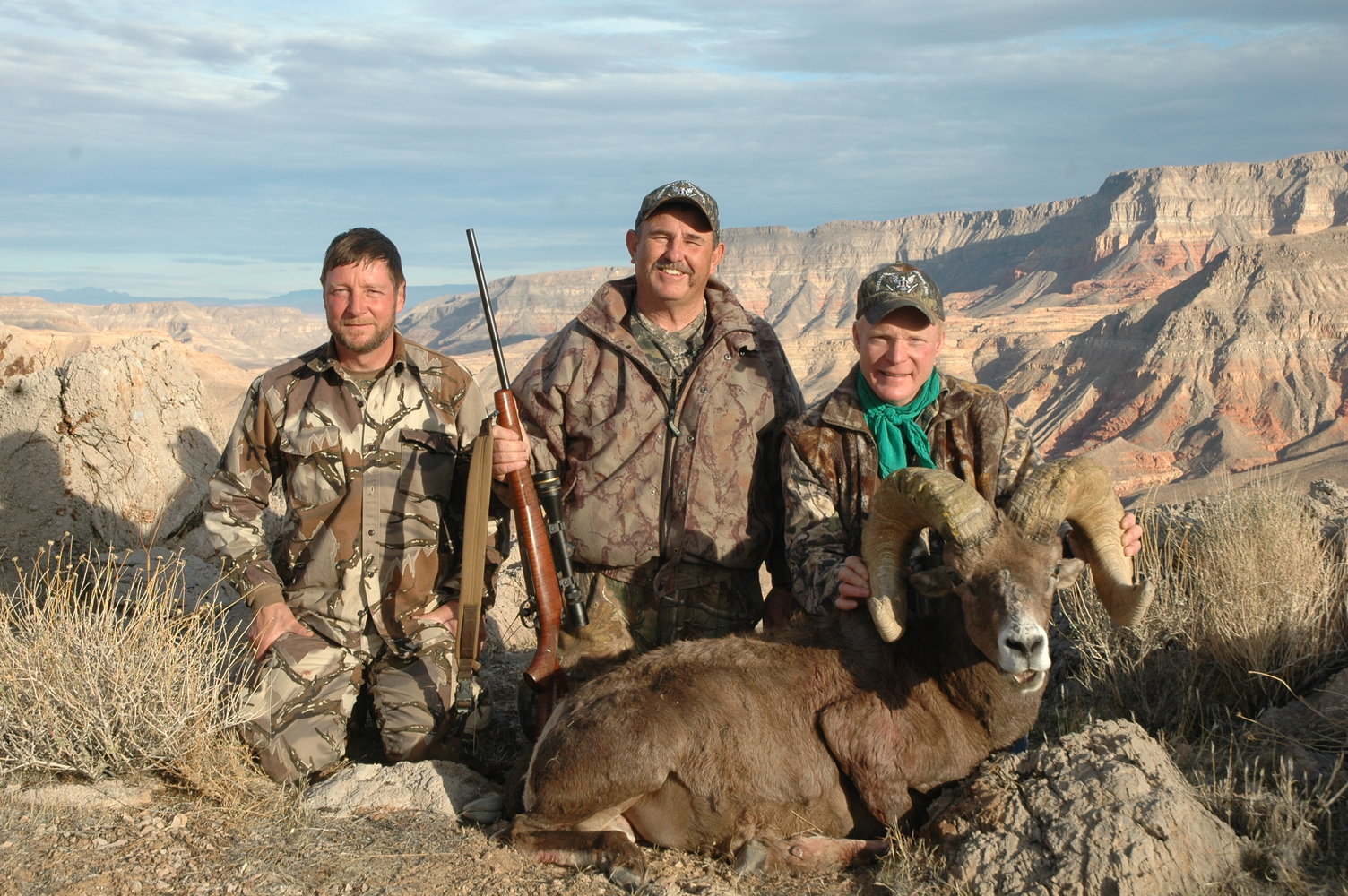
Evolving Preference Point Systems
Over the years I’ve drawn some exceptional tags because I started early and stayed with it. I started applying for sheep tags before the preference point system was implemented, so I got in on the ground floor. With my Wyoming sheep and moose tags it was a mathematical certainty that I would draw because I had the required number of points.
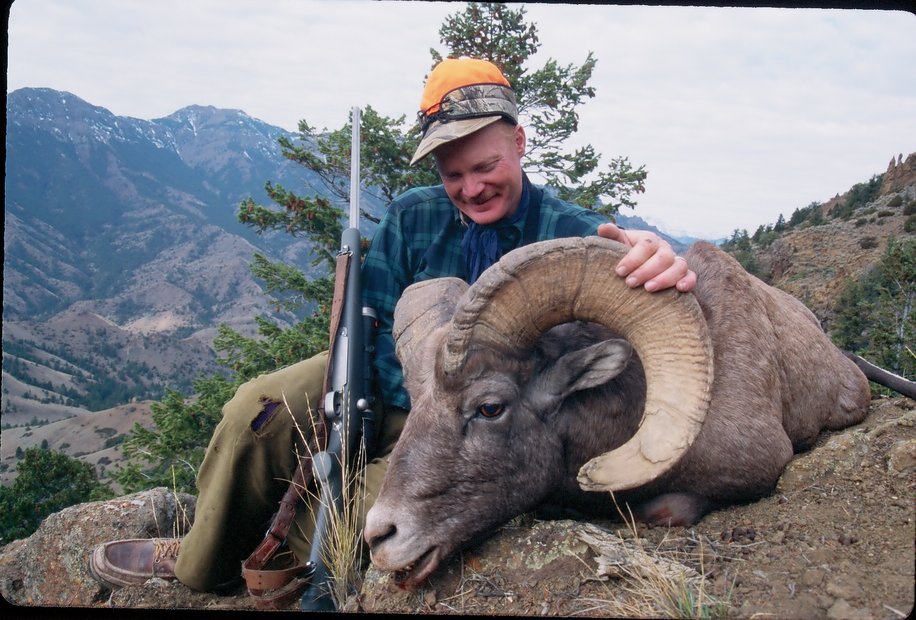
In many cases, it’s too late to do that now, but because game departments want large numbers of applications, these systems change over time. What may be a pure preference point system may not remain so. For example, when the number of points required for a permit get hopelessly high, some states change the rules to offer a percentage of the permits as a pure drawing so first-time applicants also have a chance.Keep in mind, though, that you have to be in the draw when these changes occur, so if you’re interested in an exceptional opportunity, get in the drawings and stay in them!
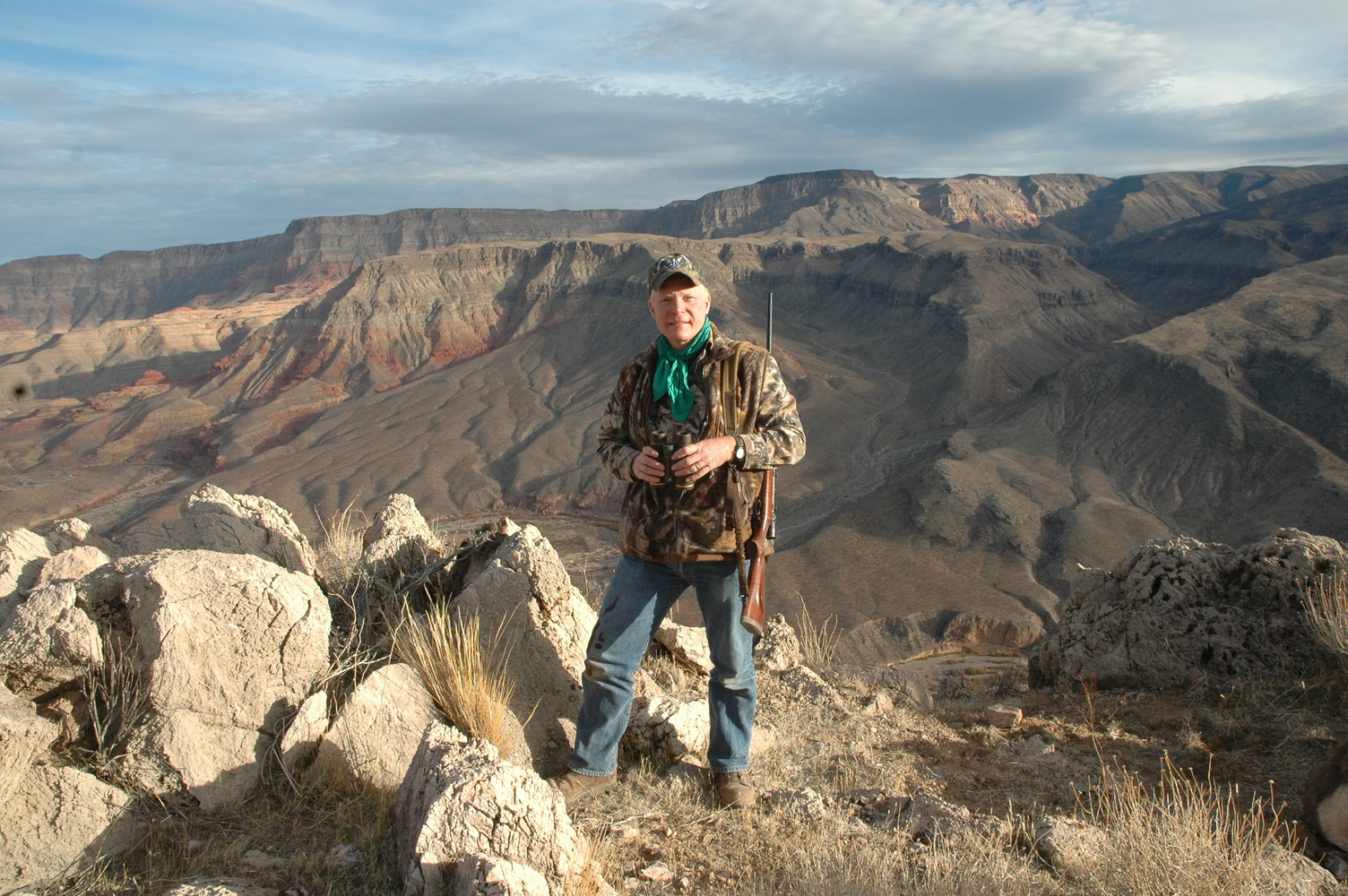
When I started, the application process was do-it-yourself, one state at a time, and, pre-computer, drawings were actual by-hand lotteries. Today, everything is computerized and there are numerous tag-drawing services to assist you. The first service I became aware of—and the only service I can speak about—was Taos-based United States Outfitters. I put my applications in with them when they started in 1990, and I’ve been with them ever since. Obviously, they’ve done a great job for me, but I’m sure other services must be equally good.
It’s a Marathon, Not a Sprint
There is no magic; with the really sought-after tags you’re going for a long ball and it’s a marathon, not a sprint. You can fill out your own applications, of course, but for the modest fees there are advantages to using a service. The most important factor, however, is consistency. If you get too busy and forget to apply one year, you may lose all your points!
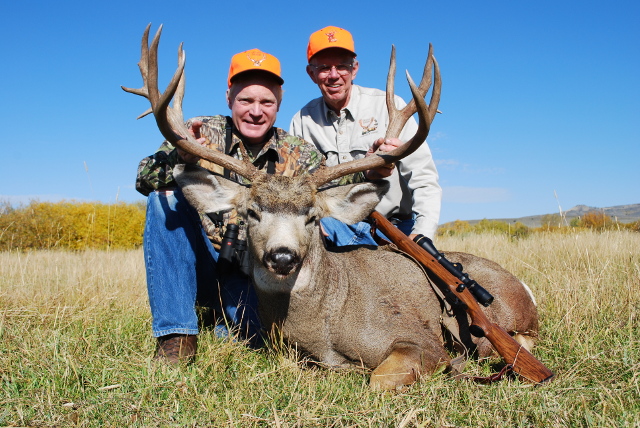
Another, more subtle factor, is the research—there should be science behind your strategy as well as stubbornness! Even with the rare permits, some areas always offer better odds. This is generally reflective of quality, but you have the choice: Try for the best area, or go for the best odds? You can do this research yourself—state game agencies will usually provide numbers of tags and applicants and hunter success by unit—but keeping tabs is part of what the drawing services do. In the Arizona sheep draw I wasn’t applying in the best area or the easiest area—but I got the tag and took a great ram on a wonderful hunt. I’m done there because the limit is one per lifetime, but I believe I’ll draw another great tag someday.
My applications are already in. Are yours?
Craig Boddington is one of today’s most respected outdoor journalists. He spent the past forty years exploring our natural world as a hunter and sharing his knowledge and experiences in dozens of books and through thousands of published articles and essays. He’s a decorated Marine, an award-winning author, and continues to be a leading voice for conservation and ethical hunting around the world.
For autographed copies of Craig’s books please visit www.craigboddington.com.
